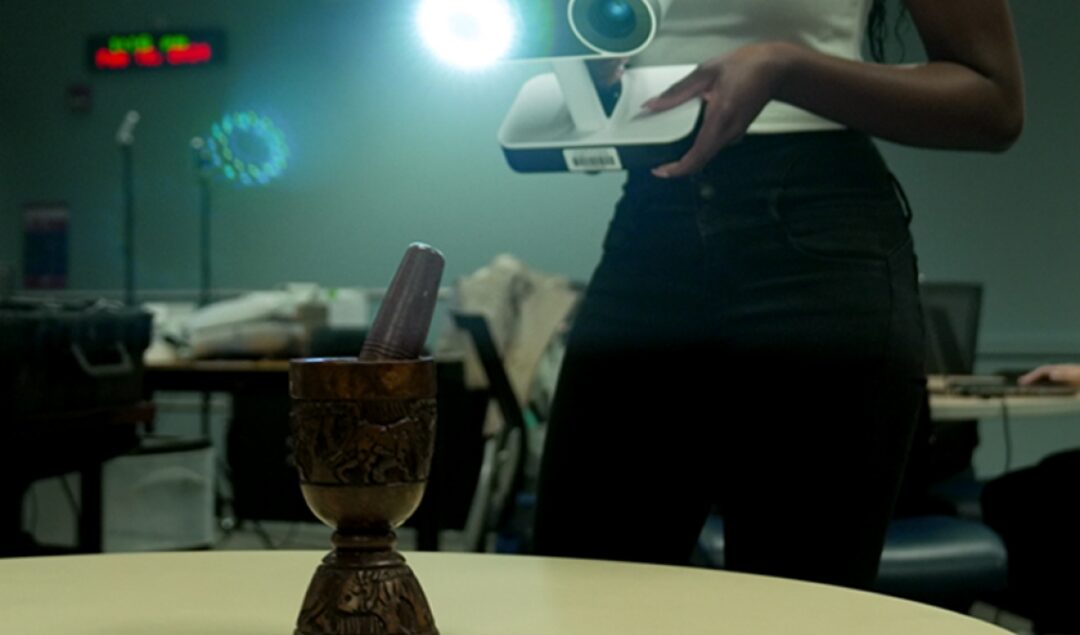The University Digitally Preserving Historical Black Artifacts

Students at the University of Arizona’s Center for Digital Humanities are working to digitally preserve historical Black artifacts.
Blending Technology With Black History
Under the guidance of Bryan Carter, the center’s director and a professor of Africana studies, students have been working to digitally preserve Black artifacts from the Tucson Center for Black Life.
The Tuscon Center for Black Life was founded by Charles Kendrick, the first Black graduate of the UArizona R. Ken Coit College of Pharmacy.
Its collection includes statues of Black regiments in the U.S. Army—Buffalo Soldiers—as well as relics of Kendrick’s pharmacy and more.
Amelia Matheson, a third-year dual major in computer science and East Asian Studies, and her peers are working to digitally preserve the artifacts for online viewing.
How to digitize artifacts
The digitizing technique creates detailed 3D models of objects, making it easier for everyone to learn and appreciate historical artifacts without physically handling them.
“We begin by draping a round table or podium with a white, black, or sometimes green cloth, depending on the material or color of the object,” Carter said.
“Then we place it either on the table, or we suspend it just above it if we have to get underneath it because we have to be able to get to all sides of the object to get a complete scan.”
The object is then scanned using either photogrammetry or lidar. Photogrammetry involves taking multiple photos of the object from different angles and then using software to combine them into a 3D image.
The Lidar method involves a handheld digital scanner that bounces laser light off an object in order to create a 3D image.
Read: This Collective’s Digital Heists Are Liberating Looted Art From Museums To The Metaverse
Showcasing The Digitized Figures
They aim to share these digitized pieces with any museum interested in displaying them.
Plans are already in place to virtually showcase these artifacts at the African American Museum of Southern Arizona in the UArizona Student Union Memorial Center.
“Scanning and digitizing artifacts couldn’t be more important, particularly in this day and age, when many artifacts are being lost, destroyed or vandalized,” Carter said.
“We have to keep in mind the ways to sustain these objects and make them available for future generations.”



